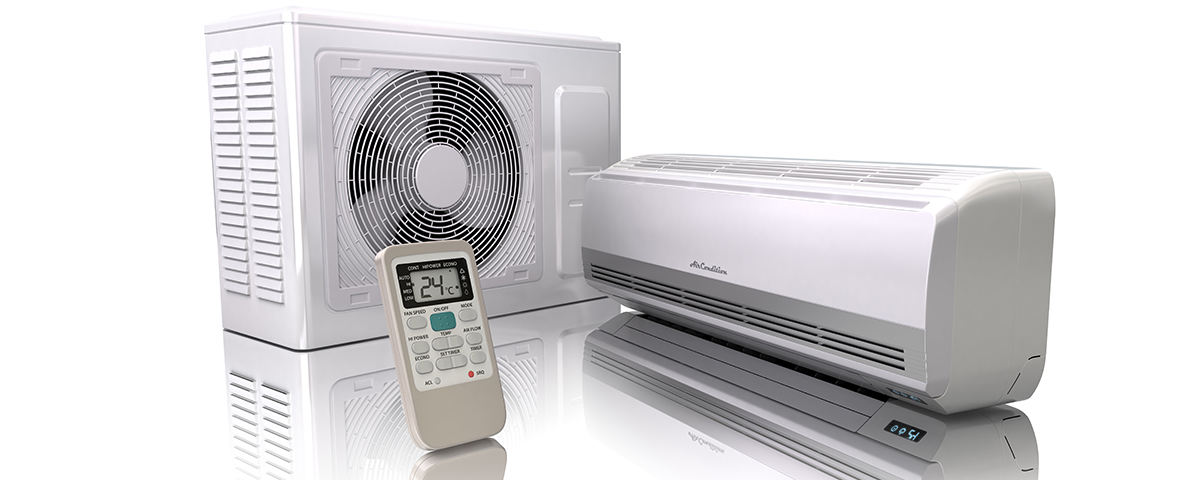How to Keep Your Cool in Facilities Management
With cooler winter temperatures contrasting with the blazing sunshine and high heat of the summer, facilities managers may face problems in maintaining a comfortable working temperature within buildings as increased strain is put on their heating and air conditioning systems.
Lost Productivity
Dealing with building temperatures is a perpetual problem for facilities managers, with office workers displaying sensitivity to air temperature all year round. A recent study found that heat stress was likely to have cost the Australian economy almost A$7 billion annually in lost productivity. HVAC systems must be carefully maintained in order to minimise the risk of breakdown, as well as guarding against general disrepair which can cause noise and condensation, adding to reduced productivity, as well as causing increased running costs.
Planned Preventative Maintenance
An effective planned maintenance regime of HVAC systems is essential to drive cost efficiency and minimise asset downtime. This will ensure that the asset is serviced according to a schedule, reducing the likelihood of breakdown and an unplanned, potentially inconvenient visit by an engineer. PPM can be scheduled manually by the facilities manager, or through FM software such as QFM’s Asset Management module. Service Works’ CMMS system can manage the process for the entire life of the asset from initial purchase, maintenance and performance, through to asset depreciation and disposal. By using QFM to record information, manage incidents and evaluate performance, organisations can extend the lifespan of HVAC systems, allowing for efficient functioning in both summer and winter, and therefore reducing employee complaints and maintaining a happy workplace.
Automated Asset Monitoring
Superior asset management can be achieved by integrating QFM with Building Management Systems (BMS). In this way, the performance of an air conditioning unit can be compared to pre-established limits, which will ascertain if it is working correctly or not. For example, if a room is recorded as operating outside of the defined acceptable limits, an alert can be raised or a work order created and dispatched immediately to an in-house operative or external contractor to ensure that the problem is promptly attended to. This is of particular use when a room is not always occupied, for example in a school after teaching hours, or a meeting room in an office, where the problem may not be reported immediately.
To find out more about maintaining employee productivity through cost-effective asset management, please call +61 (0)3 8676 0380 or request a copy of our QFM Asset Management brochure by emailing info@swg.com.
 Australia
Australia



